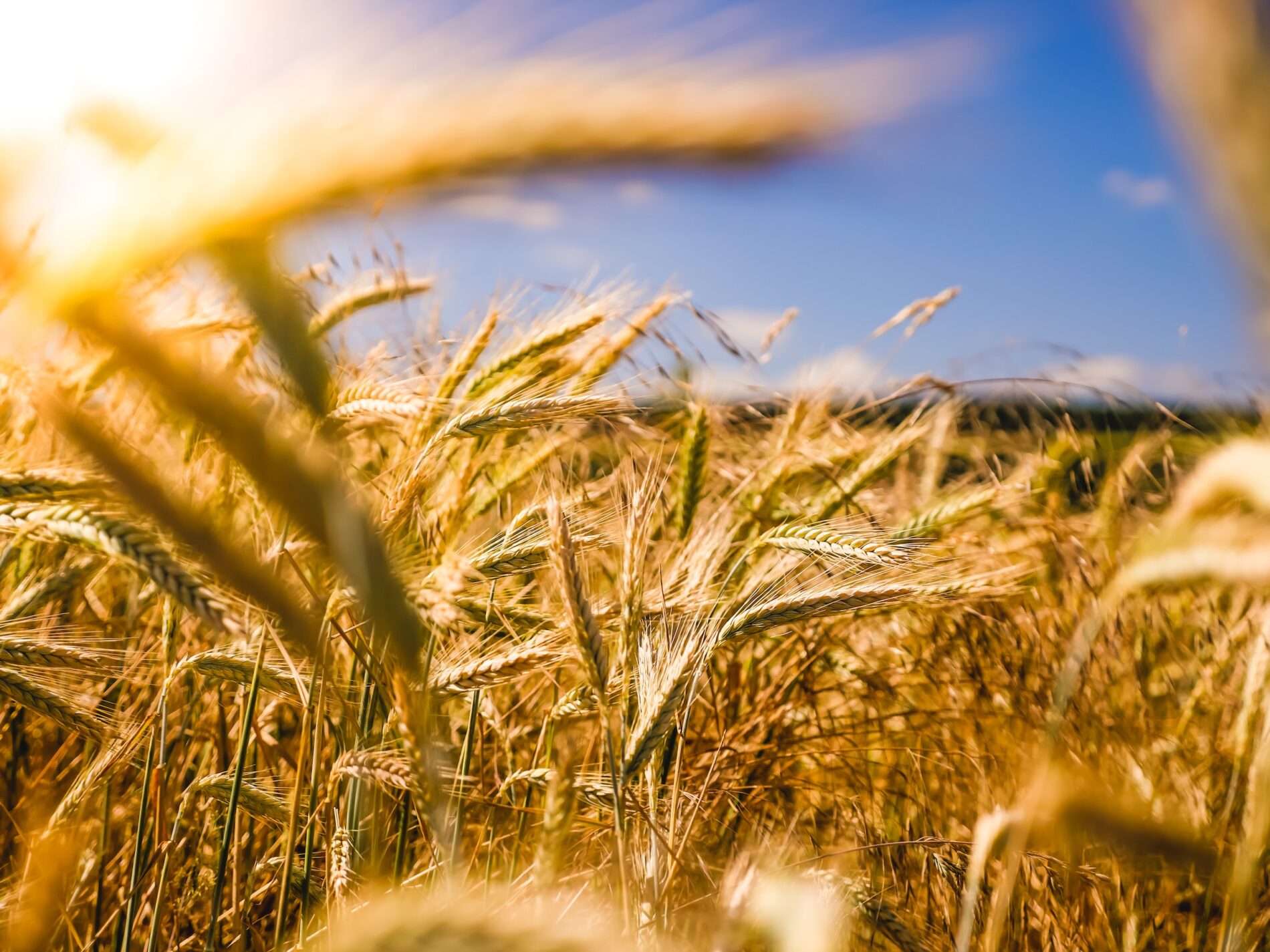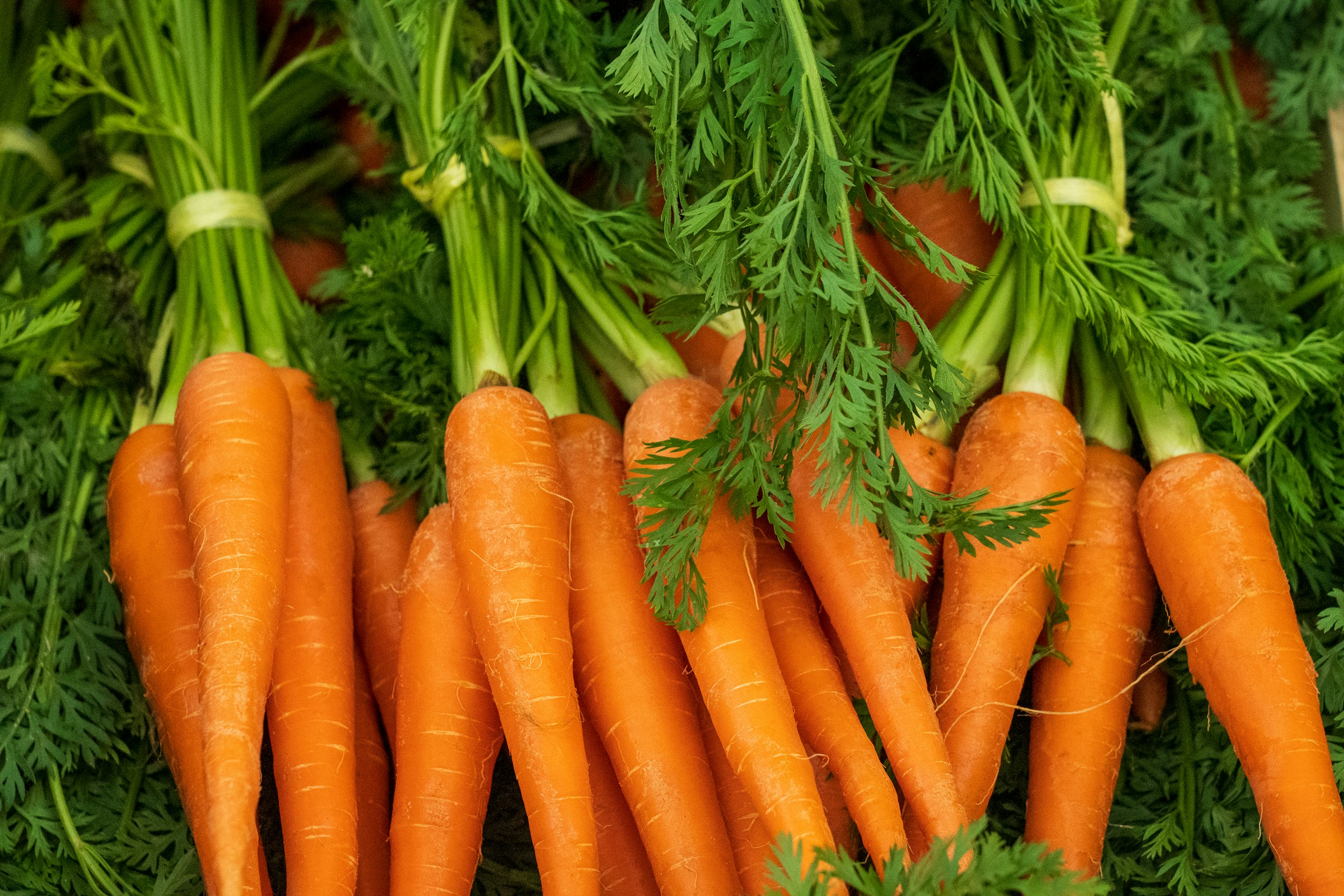Have you ever wondered how ancient farming practices still survive today? One such method, known as slash and burn agriculture, has been around for thousands of years, yet it continues to be practiced in various parts of the world today.
Despite its widespread use, this agricultural technique has been debated due to its environmental impact and sustainability. So, what is slash and burn agriculture, and why does it remain relevant in today's world? Let's dive into the fiery depths of this ancient practice and uncover its secrets.

The Burning Basics: What is Slash and Burn Agriculture?
Slash and burn agriculture is a farming method that involves cutting down and burning plants in a forest or woodland to create a field called a swidden. This technique is primarily used in tropical regions, where the nutrient-rich ash from the burned vegetation fertilizes the soil, making it suitable for crop cultivation.
However, the plot's productivity declines after about three to five years due to nutrient depletion and weed and pest invasion, forcing farmers to abandon the field and move to a new area. The time it takes for a swidden to recover can range from five to over twenty years, after which the cycle can be repeated.
The Good, the Bad, and the Ugly: Pros and Cons of Slash and Burn Agriculture
Slash and burn agriculture has been practiced for thousands of years, producing food for millions worldwide.
However, this ancient farming method has its fair share of advantages and disadvantages, which we will explore in this section.
The Good: Advantages of Slash and Burn Agriculture
Quick and efficient land clearing:
Slash and burn agriculture allows for the rapid clearing of dense vegetation, allowing crop cultivation in areas where it might otherwise be impossible due to soil infertility, low nutrient content, or uncontrollable pests.
Soil fertilization:
The burning process releases nutrients from the vegetation, creating a nutrient-rich layer of ash that fertilizes the soil and promotes crop growth.
Weed and pest control:
The burning process also helps to temporarily eliminate weeds and pests, reducing the need for chemical pesticides.
Low external inputs:
When practised sustainably, slash and burn agriculture does not rely on external inputs such as synthetic fertilizers or fossil fuels for pesticides, making it more environmentally friendly than some modern agricultural practices.
The Bad and the Ugly: Disadvantages of Slash and Burn Agriculture
Deforestation:
Slash and burn agriculture contribute to deforestation, as large forest areas are cleared for crop cultivation.
Soil erosion:
The removal of vegetation leaves the soil exposed and vulnerable to erosion, which can lead to the loss of fertile topsoil and decreased agricultural productivity.
Loss of habitat and species:
The destruction of forests and other natural habitats can result in the loss of biodiversity and the extinction of plant and animal species.
Air pollution:
Burning vegetation releases large amounts of carbon dioxide and other greenhouse gases into the atmosphere, contributing to climate change and air pollution.
Unsustainable in the long run:
As the global population grows and the demand for food increases, the practice of slash and burn agriculture becomes unsustainable, as it relies on the continuous clearing of new plots and the destruction of ecosystems and biodiversity.
Temporary soil fertility:
The nutrient-rich ash created by burning vegetation provides only temporary fertility to the soil, with productivity declining after a few years due to nutrient depletion and weed and pest invasion.
A Flaming Debate: Can Slash and Burn Agriculture Be Sustainable?
The question of whether slash and burn agriculture can be sustainable again has sparked much debate among experts. Some argue that when practised by indigenous peoples and subsistence farmers, the method can be considered sustainable, as it does not require external inputs such as synthetic fertilizers, and small clearings can recover as a forest over time.
However, others contend that the practice has become unsustainable and detrimental to the environment with the growing global population and increasing demand for food.
Alternatives to the Inferno: Sustainable Farming Practices
In light of the issues surrounding slash and burn agriculture, several alternatives have been proposed to promote more sustainable farming practices. One such alternative is Inga alley-cropping, a system of deep mulching using pruned green leaves from trees planted in hedgerows.
This method can achieve food security for families while producing firewood and reducing the need for slash and burn agriculture.
Another alternative is using biochar, which involves burning organic matter from fields at the end of the harvest to create a charcoal-like substance that can be used as a soil amendment.
Frequently Asked Questions:
Can slash and burn agriculture be sustainable?
The sustainability of slash and burn agriculture is a subject of debate. Some argue that it can be sustainable when practised by indigenous peoples and subsistence farmers, while others contend that it has become unsustainable due to the growing global population and increasing demand for food
What are some alternatives to slash and burn agriculture?
Some alternatives to slash and burn agriculture include Inga alley-cropping and the use of biochar as a soil amendment.
Conclusion: A Fiery Future for Slash and Burn Agriculture?
As we've explored, slash and burn agriculture is an ancient farming practice that continues to be used in various parts of the world today. While it offers some benefits, such as providing a quick and efficient way to clear land and fertilize the soil, it also has several negative consequences, making its sustainability a subject of debate.
With the growing global population and increasing demand for food, exploring and implementing more sustainable farming practices, such as Inga alley-cropping and biochar, is crucial to ensure a brighter, greener future for our planet.




